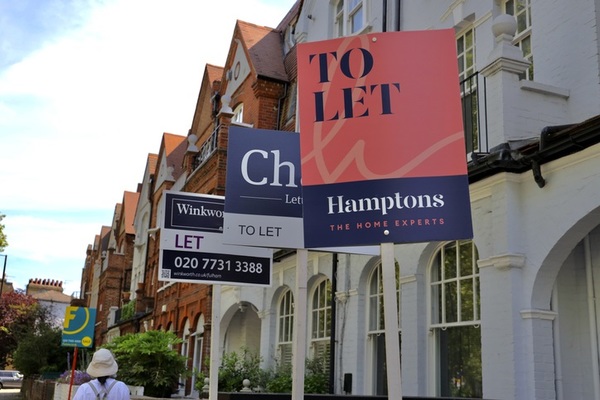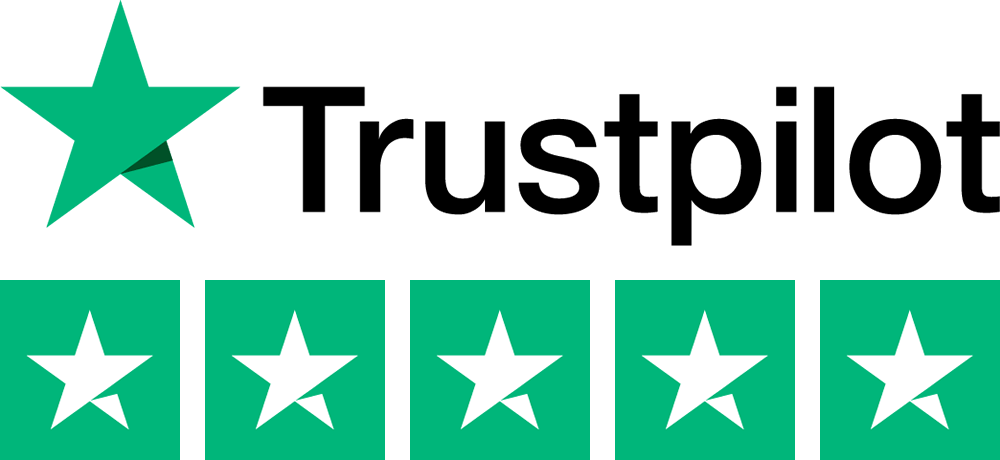
HMO Mortgages: How many rooms can a property have? What are the maximum loan sizes?
Houses in Multiple Occupations (HMOs) have increased in popularity in recent years due to the shortage of homes and the drive to make properties more profitable prompted by government tax changes.
An HMO is classified as at least three tenants living in a property, forming more than one household where you share toilet, bathroom or kitchen facilities with other tenants. A home is a large HMO if both of the following apply and at least five tenants live there, forming more than one household in which you share toilet, bathroom, or kitchen facilities with other tenants.
There are a range of banks, building societies, and specialist lenders offering HMO mortgages. Some lenders, like Kent Reliance for Intermediares, do not charge a premium for HMOs, but they charge higher rates and larger arrangement fees compared to lenders like BM Solutions. For this reason, they will lend to landlords with larger HMOs and more complex finances.
If you plan to get an HMO property and secure a mortgage, it is possible to get mortgages through larger lenders offering more standard fixed rates. Fixed rates can vary significantly, so it is worth ensuring you get the most competitively priced deal.
A guide to getting an HMO:
- Understand HMO Regulations: First, it pays to understand the regulations surrounding HMO properties. These regulations often vary significantly between boroughs. In October 2018, the classification of an HMO changed. The new definition is a property that has five or more people occupying it who come from two or more separate households.
- Find a Lender: Not all lenders provide mortgages for HMO properties, so it's important to find ones that do. You can search online or consult with mortgage brokers like Trinity Financial, who have experience in this area.
- Meet Lender Criteria: Lenders will have specific criteria for HMO mortgages, including requirements for the property itself (such as size, number of units, and condition) and criteria for the borrower (such as credit history, income, and experience with rental properties). The number of rooms a property has, and the maximum mortgages available can vary. An acceptable room size restriction of 6.51 square metres may also apply.
- Is planning permission required? Kent Reliance explains that "planning permission is granted when moving from C3 to C4 under permitted development or when sui generis is required. An Article 4 area has had some (or all) of the permitted development rights removed; therefore, any amendments to the property will require full planning permission."
| Who are the main HMO mortgage lenders? | Maximum number of bedrooms | Maximum mortgage loan size |
| BM Solutions | Five lettable rooms | £2 million if a landlord has a 35% deposit |
| CHL Mortgages | Six bedrooms | £2 million if a landlord has a 35% deposit |
| Hampshire Trust Bank | No maximum | No maximum loan size |
| InterBay Commercial | No maximum | No maximum |
| Kent Reliance | The standard maximum is 20 bedrooms | No maximum |
| Leeds for Intermediaries | Eight lettable rooms. | |
| Precise Mortgages | Six bedrooms | Typically £1m |
| Paragon | Twenty units will be considered | No maximum |
| Source: Knowledge Bank |
- Prepare Documentation: Gather all necessary documentation for the mortgage application. This typically includes proof of income, tax returns, bank statements, details about the property, and any other relevant financial documents. Lenders will want to know about other properties you own.
- Submit Application: Once the mortgage application is submitted, be prepared for a thorough review. Due to the higher risk associated with this property type, lenders may scrutinize HMO mortgage applications more closely.
- Valuation and Survey: The lender will likely require a valuation and survey of the property to assess its value and condition. This is important for determining the loan amount and ensuring the property meets lending criteria.
- Legal Process: Once the mortgage application is approved, you'll proceed with securing the mortgage. This involves signing documents and potentially working with solicitors or conveyancers to finalize the transaction.
- Complete the Purchase: Once you have completed all the necessary steps and secured the mortgage, you can finalize the purchase of the HMO property.
Remember, it's crucial to do thorough research and seek professional advice throughout the process, especially if you're new to HMO properties or property investment in general.
Working with experienced professionals can help ensure a smooth process and mitigate potential risks.
Call Trinity Financial on 020 7016 0790 to secure an HMO mortgage, book a consultation, or complete our mortgage questionnaire.
The information contained within was correct at the time of publication but is subject to change.
Your mortgage is secured on your property. Your property may be repossessed if you do not keep up repayments on your mortgage










